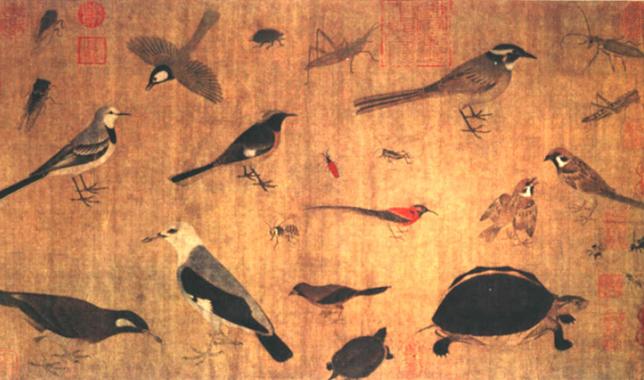A new study of bees in creative practices throughout the ages from ancient carvings and historic cave art to the big screen and across social media has revealed that we’ve always had a friend in bees.
First author Kit Prendergast, from Curtin’s School of Molecular and Life Science, said that bees have long provided artistic inspirations with their hardworking spirit, sacrifice, and sweet contribution to humans.





